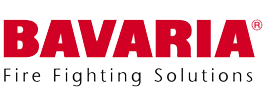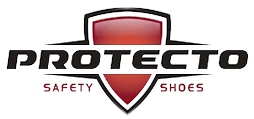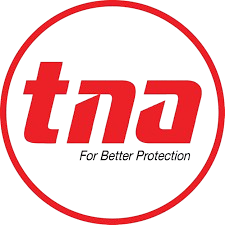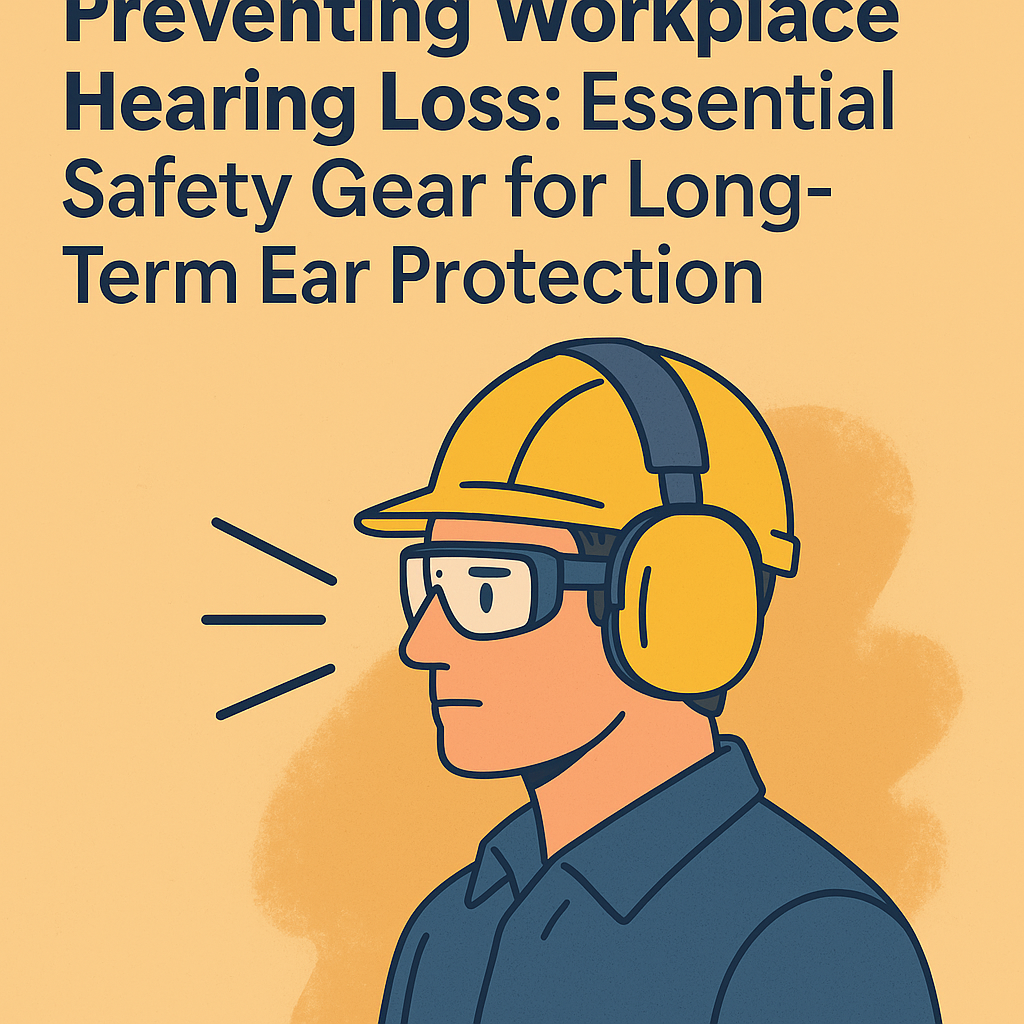Most people don’t think about their hearing until something starts to go wrong. However, whether you realize it or not, working near loud machines, power tools, or constant noise can negatively impact your hearing.
Hearing loss doesn’t happen overnight. It creeps in slowly. You might find yourself asking people to repeat things more often, struggling to hear warning signals, or feeling left out in conversations. And the worst part? Once the damage is done, it’s permanent. It can change the way you work, communicate, and enjoy life.
But it doesn’t have to be this way. With the right safety equipment like earplugs or earmuffs and, you can protect your hearing before it’s too late. It’s a simple step that helps you stay safe, stay connected, and keep your hearing strong for the long haul.
Understanding Workplace Hearing Loss
Workplace hearing loss doesn’t always show up right away. It usually builds up slowly from being around loud sounds for too long. Different jobs expose you to different types of noise, but some work environments are much riskier than others. The effects can last for years—and once your hearing is damaged, it can affect how you live, work, and interact with others.
Common Causes of Occupational Hearing Damage
The biggest threats to your hearing at work often come from loud machines, power tools, and heavy vehicles. When the sound level goes above 85 decibels—which happens more often than you’d think—it can start hurting your ears if you’re exposed for too long.
One sudden loud noise, like an explosion or gunshot, can cause instant damage. But usually, it’s repeated exposure without using proper safety gear that wears your hearing down over time.
Skipping ear protection or ignoring noise warnings only adds to the risk. Just putting on a pair of earplugs or earmuffs can make a big difference and help keep your hearing safe.
Industries With Highest Hearing Loss Risks
Some jobs come with much higher chances of hearing damage. Construction sites are packed with loud tools—drills, hammers, heavy machinery—you name it. In factories, machines often run all day, filling the space with constant noise.
In mining and logging, the loud engines and cutting tools are also risky. People who work on airport runways are around jet engines that are extremely loud and harmful to hearing.
Even farmers face trouble with noise from tractors and other motorized equipment. In all of these industries, having the right safety gear isn’t optional—it’s necessary to protect your ears every day.
Long-Term Impacts on Employee Well-Being
Hearing loss doesn’t just affect your ability to hear—it can affect your entire life. It becomes harder to talk with people, whether it’s at work or at home. You may start to feel left out of conversations or frustrated when trying to understand others. This can lead to stress, isolation, or even unsafe situations if you miss warnings or alerts on the job.
Whether you’re watching a movie, enjoying music, or simply talking with loved ones, your personal life can also suffer. And if the damage isn’t caught early, it usually gets worse as you age.
Wearing the right safety equipment helps protect your hearing and allows you to keep living life on your terms, both at work and beyond.
Types of Protective Safety Gear for Hearing
There’s no one-size-fits-all when it comes to hearing protection. That’s why safety gear comes in different types to match different jobs and work environments. The right choice keeps the noise out while staying comfortable enough for everyday use.
Earplugs: Features and Effectiveness
Earplugs go inside your ears and help block out noise. They’re small, lightweight, and easy to carry around. You can find several types—foam, silicone, and custom-molded ones.
Foam earplugs are the most common. They expand inside your ear to form a tight seal. They’re cheap and easy to use but might feel uncomfortable if worn for long periods. Silicone ones are softer and reusable, but sometimes harder to insert properly.
Custom-molded earplugs are made to fit your ears exactly. They’re great for comfort during long shifts and may come with filters that lower loud sounds while letting in softer ones. If you need something that’s simple, portable, and low-profile, earplugs are a great pick.
Earmuffs: Benefits and Limitations
Earmuffs are worn over your ears and come with padded cups and a headband. They usually block more noise than earplugs and are easy to put on or take off.
They’re perfect when you’re dealing with loud sounds that come and go throughout the day, since you can quickly remove or adjust them. But earmuffs can feel bulky, especially in hot weather or if you’re wearing a helmet or glasses.
If you need strong, reliable protection in very noisy places, earmuffs are a solid choice. Just keep in mind that they might not be the best option for tight spaces or all-day wear.
Choosing Appropriate Gear for Specific Work Environments
Your job and work setting play a big role in choosing the right safety gear. On a construction site, for example, earmuffs are great for handling constant machine noise. But if you’re wearing a helmet or working in tight areas, earplugs might be a better fit.
In places where the noise levels go up and down, using both earmuffs and earplugs together can offer the best protection. Basic foam earplugs are often effective for indoor or quieter jobs.
Whatever you choose, think about the noise level, how long you’ll wear it, and what feels comfortable. Good fit and consistent use matter the most when it comes to keeping your hearing safe.
Implementing Hearing Protection Programs
Having hearing protection gear is only part of the solution. To really protect workers, you need a clear plan in place. That means teaching people how to use their safety gear, keeping everything in good working order, and checking hearing health regularly. These steps all work together to prevent long-term damage.
Training Employees on Proper Use
It’s not enough to hand out earplugs—you need to show people how to use them properly. That means explaining how they fit, how to wear them correctly, and why a snug seal is key to blocking out noise.
Let workers know when they should be wearing their safety gear, especially in areas where loud sounds are common. Remind them not to take it off while still in those noisy environments.
Training should be hands-on and easy to understand—and it shouldn’t be a one-time thing. Ongoing refreshers help everyone stay alert and confident about using their gear the right way.
Monitoring and Maintaining Protective Equipment
Even the best safety gear won’t work if it’s damaged or worn out. That’s why it’s important to regularly check all hearing protection equipment. A cracked earplug or a broken earmuff can’t protect you properly.
Set up a routine to inspect and clean everything. Replace parts like worn-out cushions or foam inserts. Store gear properly so it doesn’t get dirty or damaged.
Also, make sure each worker’s gear fits well. A poor fit reduces how well it blocks noise. Maintaining the cleanliness and good condition of your gear ensures its long-term performance.
Regular Hearing Assessments and Recordkeeping
You should always check employees’ hearing before they start the job—and then keep checking it at regular times afterward. This type of testing helps catch any early signs of hearing loss before it becomes serious.
Simple hearing tests can show changes early, so you can take action right away. Waiting too long can make the damage harder to manage.
Keep detailed records of hearing tests, training sessions, and equipment checks. This not only helps you follow safety rules—it also shows your team that their health and safety really matter.
Protect your hearing before it’s too late with reliable safety gear from HAC and Sons.
Contact us today to keep your team safe and sound.

























